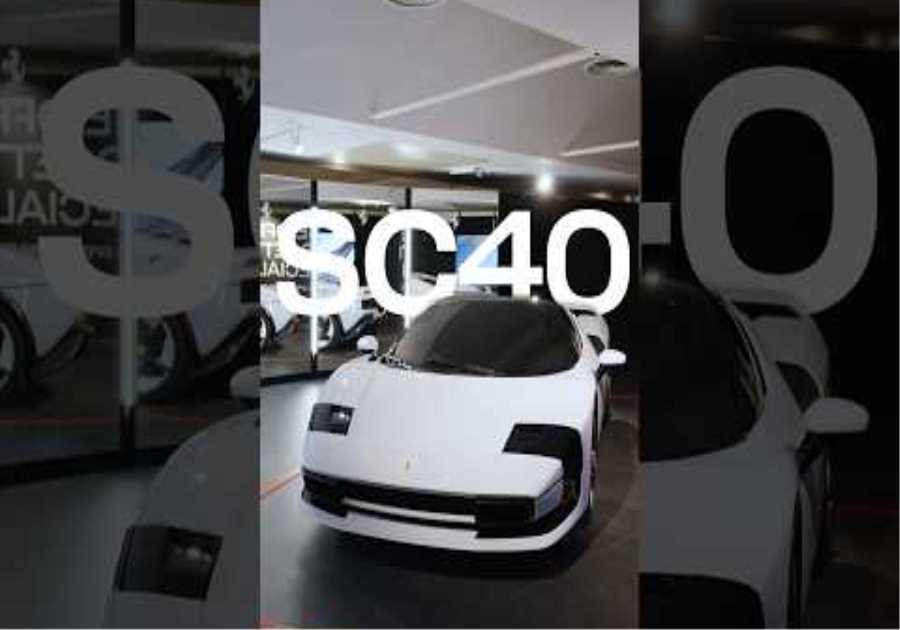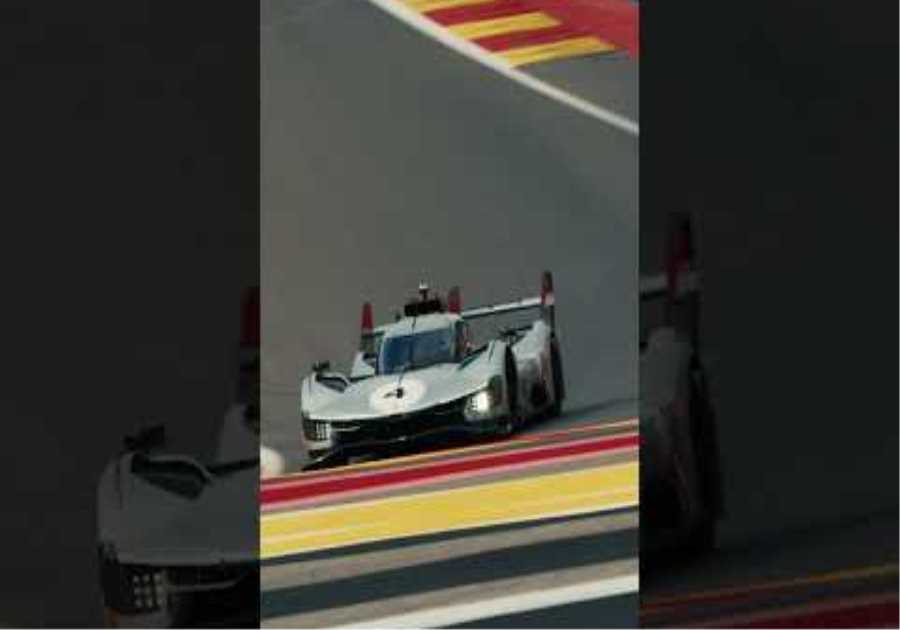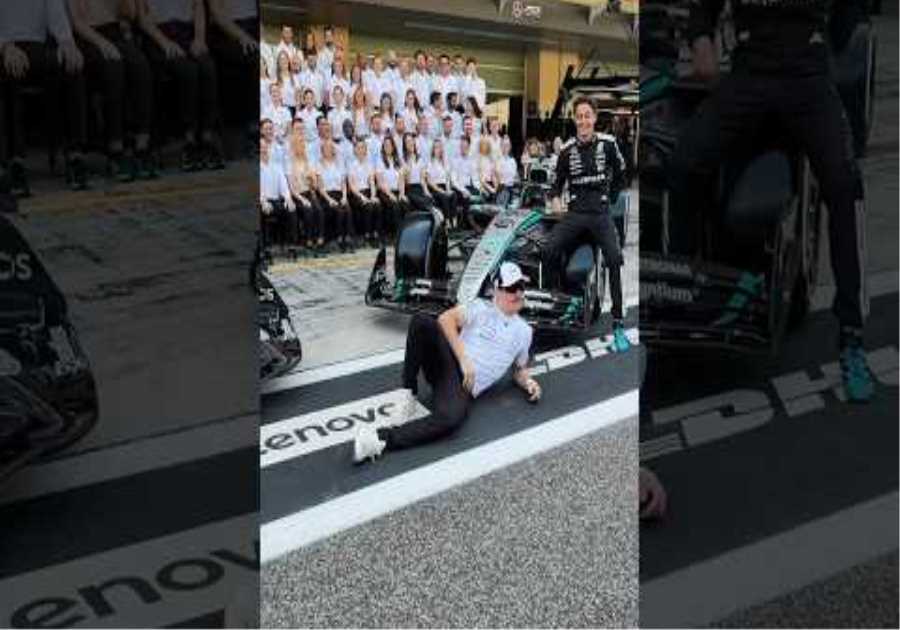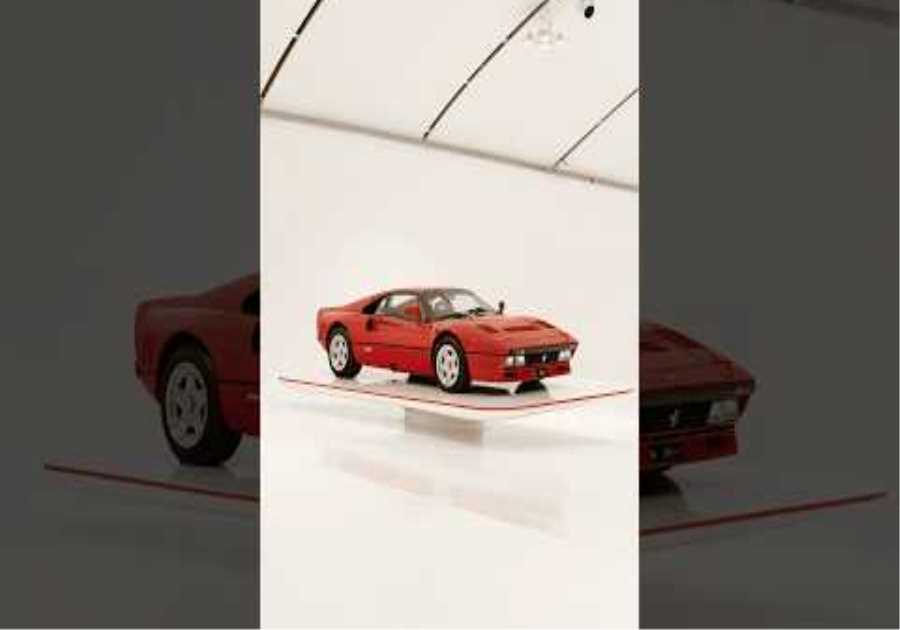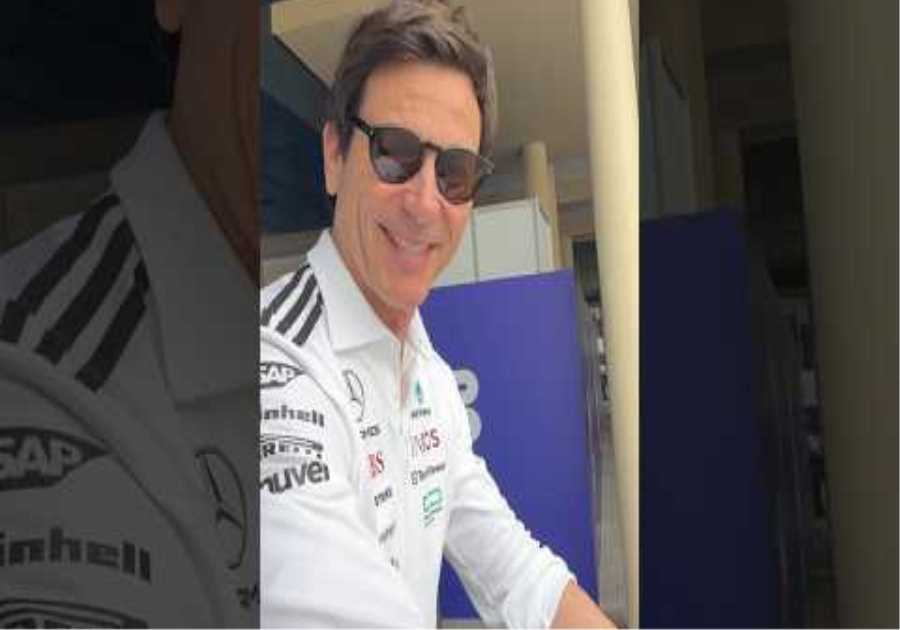What did we learn from the Mandalika test? First of all, we learned that building a circuit is hard, and every aspect of it needs to be carefully monitored. Because using the wrong stones in the aggregate for the asphalt can mean you have to resurface the track just a few weeks before the race is due to be held.
Despite the state of the asphalt, once the track was cleaned up – something the riders had to be bullied into doing, even though it was for their own good – the riders put in a lot of laps, the reward for effort going to Takaaki Nakagami , who racked up a grand total of 91 laps on the final day, or over 390km.
Spend 390km on a motorcycle at road legal(ish) speeds, and you’ll know about it. Spend the same distance on a MotoGP bike, pushing at the effort and intensity levels required for testing to be useful, and you enter a very different level of pain and discomfort. As made plain by LCR Honda team boss Lucio Cecchinello’s photo of Nakagami’s blistered hands on Instagram.
The Mandalika test was very different from the Sepang test. The second pre-season test is often, especially when it is held at a track which is to appear on the calendar in the early part of the season.
The first test of the year, usually at Sepang, is where the factories roll out the experimental stuff they have been working on over the winter. If you’re a fan of new technologies, Sepang is the place to be.
down to work
The second test of the year is where factories focus on refining what they have. The first test is for testing new parts and making a selection.
The second test is for figuring out how to get the best out of the new parts, and integrating them into a working base setup.
The second test has historically been at Qatar, at the track where the season opener is set to be held. That results in teams and factories refining their setup ready for that race.
With the second test at Mandalika this year, the setup work has been slightly different, but a lot of teams and riders were still working on getting their setup ready for the race to be held here on March 20th. So instead of preparing for the first race, they’ve been getting ready for the second one.
The Mandalika test may not have seen a lot of new parts make an appearance, but there was still plenty to be learned, by observing and listening carefully.
Over the next few days, I will be posting a summary of where each factory stands after the 2022 pre-season for MotoGP. We start with what is arguably the surprise package of the bunch, Honda.
A La Recherche de la Vitesse Perdue
We have talked at length at just how different the 2022 Honda RC213V is from previous iterations. HRC Director Tetsuhiro Kuwata described the concept as “breaking out of our shell”. And looking at the differences, you can get a sense of what he means.
The focus of the bike changed in pursuit of more grip, and that meant a more rearward weight balance, a different engine character, and therefore electronics, different engine packaging, which in turn meant a different chassis, and therefore a different fairing and aerodynamics package .
That is a massive change. “I think it is the biggest change we have seen during the current regulation period,” Kuwata-san said. The redesign came as an accidental benefit of the enforced layoff due to the Covid-19 pandemic.
With engine development frozen for the 2020 and 2021 seasons, HRC found themselves with enough time to take a much wider view of the bike. Instead of being restricted to incremental changes, they could take a step back and attempt a much larger redesign.
In an interview recorded for the Repsol Honda team launch, HRC Technical Director Takeo Yokoyama explained the background to the redesign. “Let me start from the engine concept or philosophy because there were actually two years of development,” he said.
“This included the first phase which was more for studying because of the Covid situation, the practical job of the workshop has been restricted. Anyway, we were able to start some studies which normally we do not have a lot of time to do but this time because of the circumstances we had a longer time for a deeper study.”
“We decided to change more than usual, but I’m not talking about the power, it’s more the characteristic of the engine, the power delivery.”
The decision to change the engine character had major knock-on effects through the rest of the bike, Yokoyama-san explained. “In the end we have come to the conclusion that we actually have to change a lot more than what we usually do.”
“This also affects the way the engine is mounted to the chassis and of course this is also related to the whole bike and ultimately its appearance when we are talking about how the bike looks. Due to the circumstances of Covid we had a longer development period so this is why the bike has changed a bit more than the usual one-step phase.”
That change can be deemed a success. The 2022-spec Honda RC213V is fast, in every aspect. Pol Espargaro ended the test as fastest, putting in his best time of 1’31.060 early in the day.
Fabio Quartararo threw two tires in at the end of the test trying to beat Espargaro’s time, in addition to his shot at a fast lap in the early hours of the test. But the reigning world champion still couldn’t hustle his Yamaha M1 around the track faster than the Repsol Honda.
It isn’t just over a single lap where the Honda is fast, though. Sunday’s race simulations were dominated by the Honda riders. Takaaki Nakagami’s Stakhanovite 91 laps included a race run of 22 laps.
His pace was phenomenal, ranging from 1’32.5 to 1’32.8, with 12 of those laps under 1’32.9, and 16 in 1’33.3 or less. By comparison, Pecco Bagnaia’s best lap of his race run was a 1’33.268, and most were considerably slower than that.
It wasn’t just Taka Nakagami either. Marc Marquez did a long run of 11 laps with a pace of around 1’32.7. Brother Alex did 18 laps, half of which were either under 1’33 or a 1’33.0. Pol Espargaro did not do a long run, but in nearly all of his four, five, and six lap runs, he lapped consistently in the mid 1’32s.
In short, the Honda is good. “It’s true that today I was fast, I was in a good pace, riding well,” Marc Marquez told MotoGP.com’s Simon Crafar. The bike worked whatever they did to it, he said. “When I try different setups, still the lap time was coming. I tried different aerodynamics, the lap time was coming. I tried different tires, medium rear and soft rear, the lap time was coming.”
Despite the strange conditions at Mandalika, Marquez was confident that the bike was competitive. “When you have this feeling it’s because the potential is there. It’s true that it’s a special track also, it was slippery and in these conditions normally I feel really good. But now in the end the grip was very high. So happy because we go out from Mandalika test with the job done.”
More competitive than Marquez himself, the Spaniard’s strength and fitness still needing work. “I enjoyed a lot with the bike. It’s true that enjoying was the way to survive today because I was very tired from the beginning. I think everybody was. But today I feel pain on the shoulder. For that reason I didn’t make a time attack, because in the time attack you use too much power.”
Marquez is now at home working on his bike fitness, riding as much as he can to prepare for the start of the season. The six-time MotoGP champion will not be fully fit when he starts the season, but he will be in much better shape than anyone thought at the end of last year.
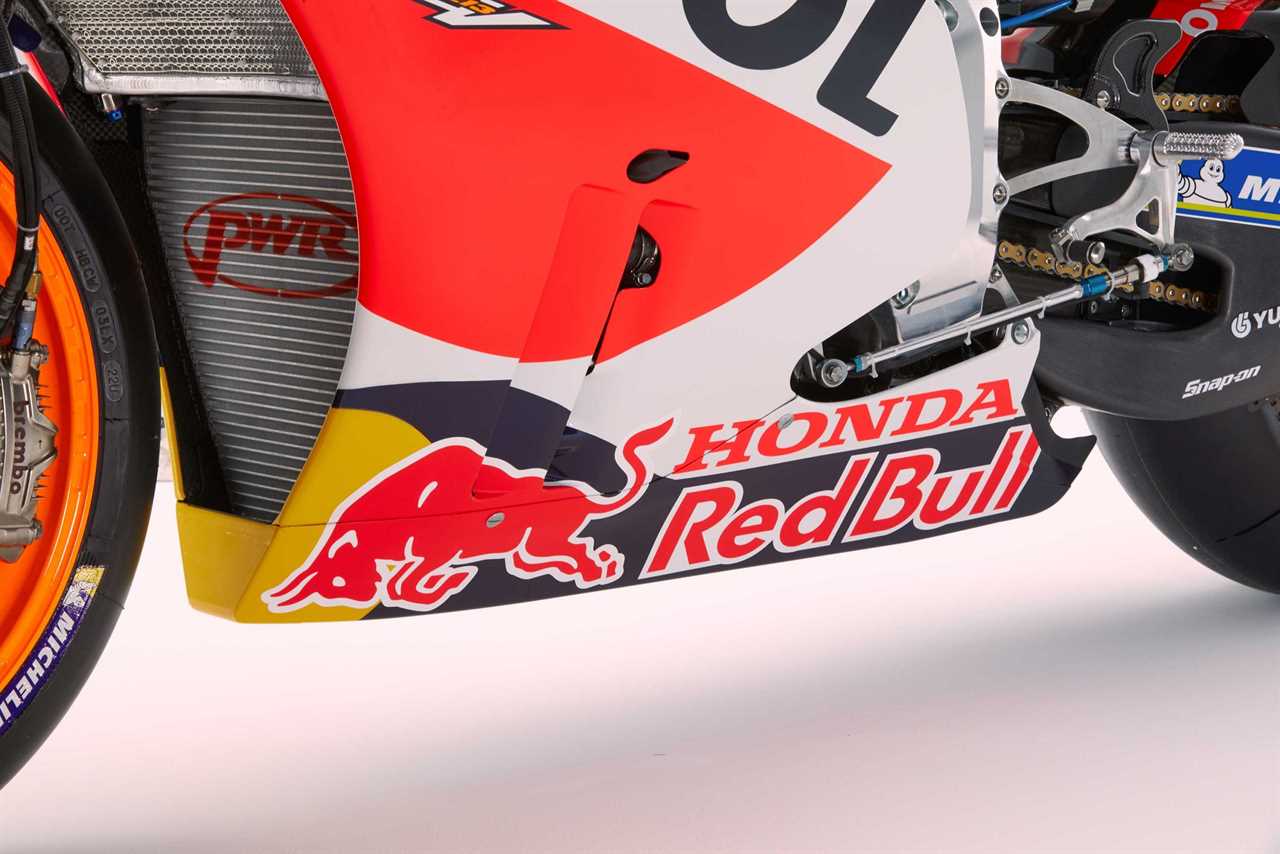
Marquez has moved to Madrid to be nearer the ophthalmologist who is helping he rehab the eye problem he had when he crashed in training last year. The eye is in good shape, the vision problems are gone for the moment, but Marquez has set his sights (now single, not double) on a seventh MotoGP crown.
The winter tests have seen Pol Espargaro undergo a transformation since last year. From a frustrated and sometimes desperate figure in the Repsol Honda garage, to a rider brimming with confidence.
“It’s turned completely around,” the Repsol Honda rider said. And it was all thanks to the bike. “Now I can apply my riding style, my rear brake which I missed so much last year. There are different things where I can ride as I like, as I’ve been riding all my career, which last year I couldn’t and I was struggling quite a lot with the rear.”
The new Honda is better everywhere, Espargaro said. “This year the bike has changed a lot, the bike is faster in one lap, it’s much more stable on the rhythm, and the most important is where I struggled most is in these kind of places where the temperature is so high, we are still very competitive. So knowing that it’s only a test and the race weekend is another thing completely different, but we have been competitive in both circuits.”
The bike still had shortcomings, of course, as all MotoGP bikes do. “Still, in the power, as much as we are using some new devices that we have more drag to accelerate faster, but we are losing a little bit of top speed,” Espargaro reflected.
“We checked here the top speed, the first eight motorbikes were Ducatis. So it shows how important the top speed is. Honda knows it, and Honda told us maybe there is an update in power in Qatar, so also they are working on it, and Honda is working huge on all the sides of the bike, and we are super grateful.”
Honda emerges from the Mandalika testing looking exceptionally strong. The bike is fast, but even more than that, it is much easier to ride and to manage, as witnessed by the pace and consistency of all four Honda riders.
The bike has been adjusted to better handle Michelin’s new, grippier rear tire, to extract the maximum performance out of it, an impressive feat whichever way you look at it.
What is even more impressive is the fact that Honda got the bike right first time. It is common for a new machine to need a year of development for it to work consistently.
That was the case with the Yamaha in 2020, and the Aprilia in 2020 and 2021. On the admittedly sparse evidence of the Sepang and Mandalika tests, HRC have produced a bike which works well for a variety of riding styles and grip levels.
That is testament to HRC’s engineering prowess, but also to them being smart enough to see the opportunity Covid-19 offered, and to seize it. Their riders were left to flounder somewhat – Marc Marquez was riding something very close to his 2019 bike by the end of 2021 – but their sacrifice has been worth it. They have a bike that all of them can show their potential on.
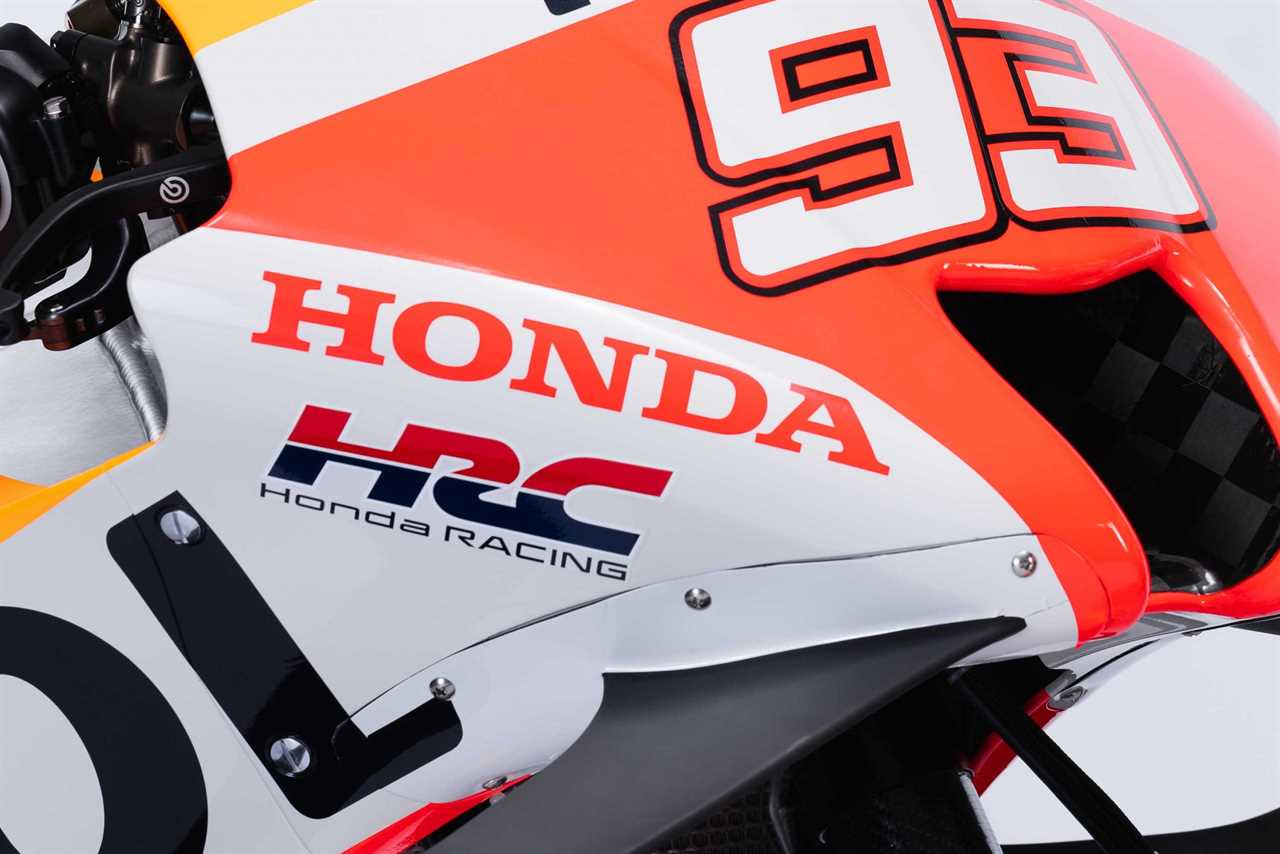
That also changes the calculation for Honda in terms of the rider market. At the end of 2021, it was widely assumed that Honda was the one factory looking for a rider to compete against Marc Marquez, Pol Espargaro having had a relatively disappointing year. The words of HRC Director Kuwata seemed to confirm that they would soon be looking beyond Espargaro.
“Our target is always the same: winning the championship. But with this championship we always try to get first and second, that is our target with Honda riders. That’s it.” That is some challenge.
However, if the new Honda RC213V is as good as it looks, then suddenly, one and two in the championship is no longer an impossible dream.
Pol Espargaro has a bike he can be fast with, is comfortable pushing to the limit, and looks to have a formidable pace. If he can translate his pre-season speed into results in the championship, there is no need for HRC to go looking elsewhere.
Of course, that is easy to say now. The only lights that have gone out so far have been at the end of pit lane for the start of testing.
The bikes have yet to line up on the grid to race in anger, for the points that matter. We will see how reality matches expectations in Qatar, and beyond. But things are looking pretty rosy at the moment.
Photos: Repsol Honda

